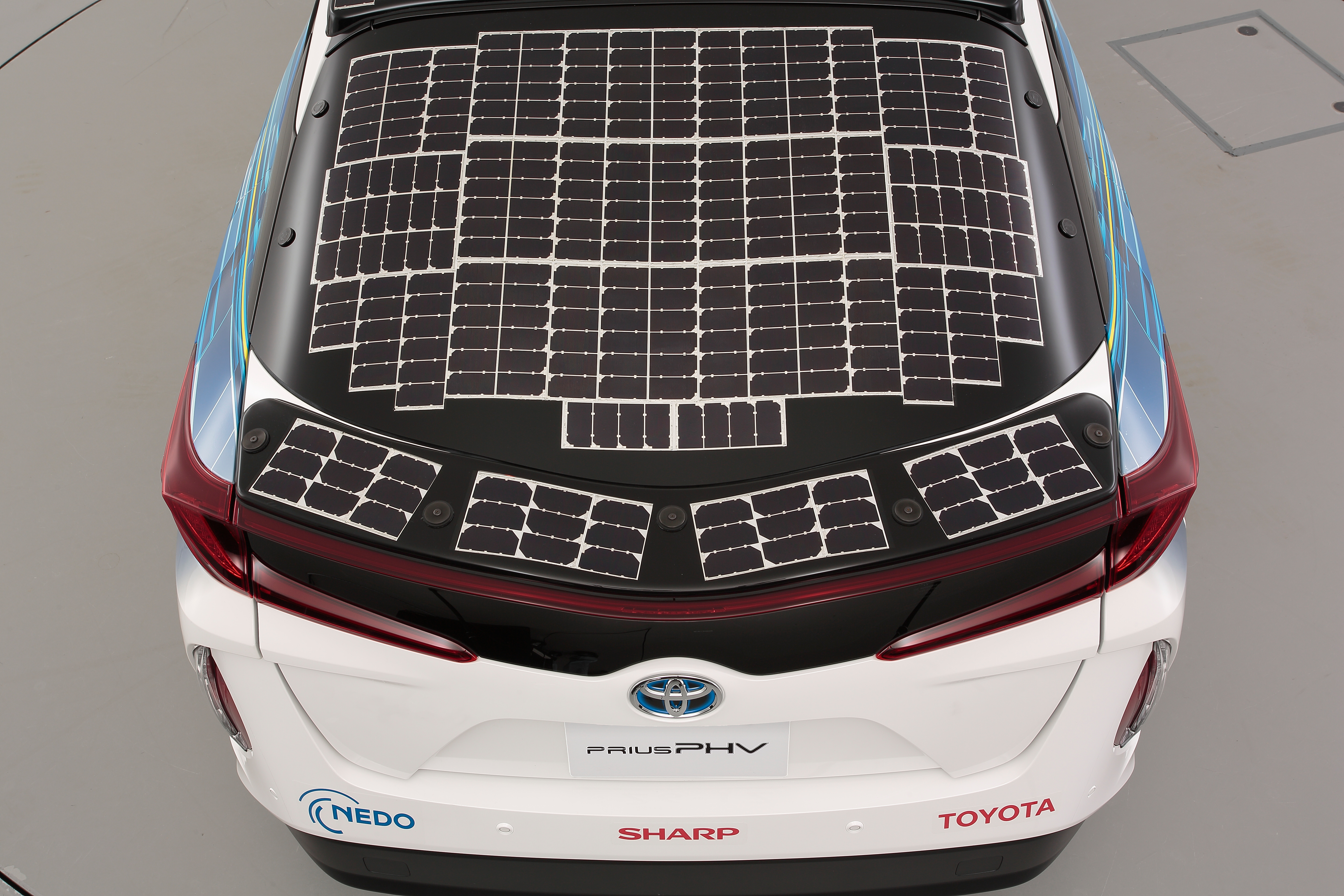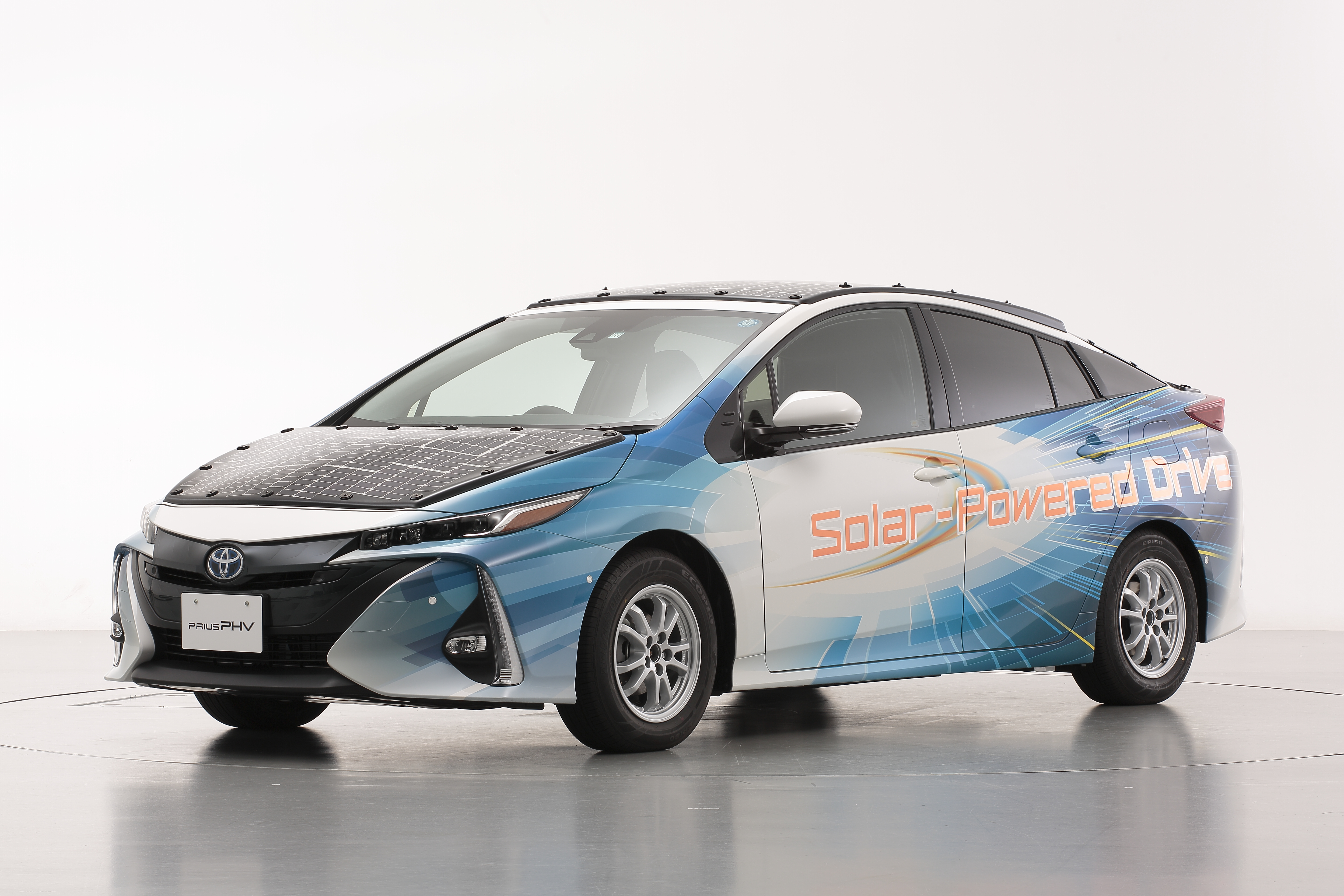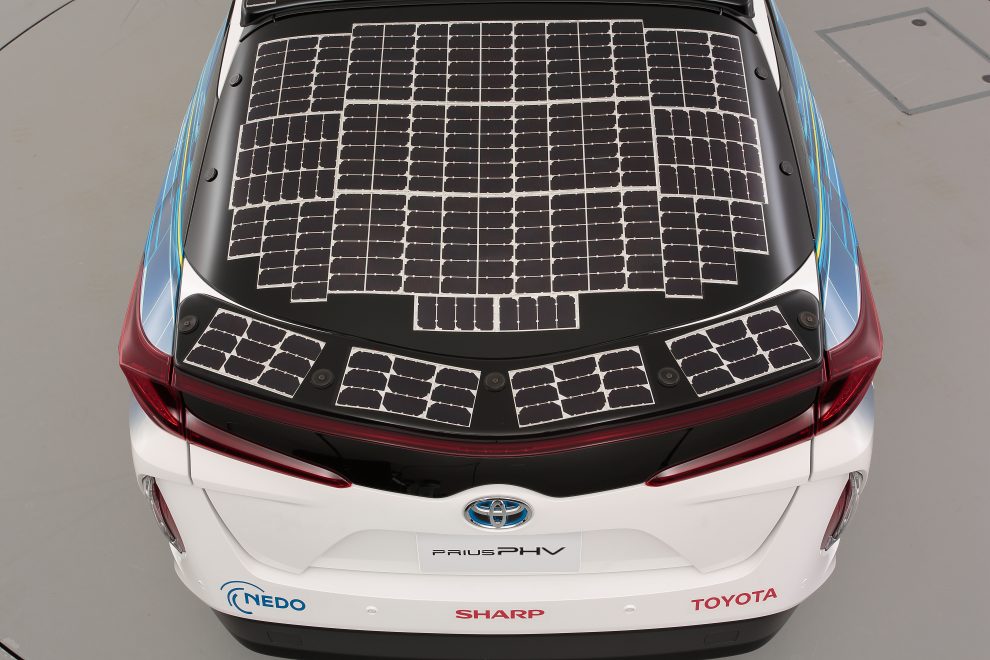Toyota’s reign as the ruler of hybrid cars is being contested by ever-growing competition. The Japanese company thinks it can use solar panels to regain its edge.
The Toyota TM, +0.77% 7203, +0.66% Prius, the first mass-produced hybrid vehicle, has been going through a six-year losing streak, with sales falling behind the likes of the Ford F, +1.90% Fusion, a car likely to be retired by its manufacturer in the next few years.
This is happening even as the hybrid market is growing. According to LMC Automotive, “by 2025, hybrids will represent 15% of the U.S. market, up from 2.7% last year.”
That is also a part of the problem for Toyota: hybrid cars are now commonplace, and it is becoming increasingly difficult to stand out. However, Sam De La Garza, the company’s senior manager of small-car marketing, has said that despite the model’s diminishing sales, Toyota isn’t giving up on the Prius. One way to get back into the race would be to improve the car’s average battery range, which is the goal of the company’s latest trial.
Toyota, together with Sharp Corp. and NEDO (Japan’s national research and development organization), plans to begin testing improvements in cruising range and fuel efficiency of electrified vehicles equipped with high-efficiency solar batteries later this month.
It will use Sharp’s specially modified solar cells, which, according to the manufacturer, offer “34%-plus” conversion efficiency. Solar battery panels will be installed on the roof, hood, rear hatch door and rear hatch door garnish of Toyota’s demo vehicle, Prius Prime, providing 840W of power output. This will be 4.7 times as much as the regular solar battery panel output (180W) of the older Prius Prime, known as Prius PHV, that is sold only in Japan.
When translated to battery-only driving range, the demo vehicle will be able to drive for 27.6 miles (versus just 3.8 miles for the older Prius Prime) before switching to gas. Furthermore, the new batteries can be recharged in motion, as opposed to the older Prius Prime, which can be recharged only when the vehicle is parked. This will significantly improve the cruising range for the BEV (battery electric vehicle) mode.
Increasing the BEV range certainly makes sense for Toyota. According to the National Household Travel Survey, a car in the U.S. is driven about 30 miles a day, on average. This means the new Prius Prime (if it ever reaches production) could provide significant savings on a daily commute for an average household, compared with the currently available commercial model. Since the average BEV range for plug-in hybrids is 26 miles, this places the demo car right in the middle of what is expected for this type of vehicle.
Toyota hasn’t published any plans for production of the “upgraded” Prius Prime. That’s understandable given that it needs to first complete the trials. However, it is very likely that the results of the trials — if successful — will be implemented in the next Prius or maybe another car in the Toyota lineup.
Hare are some more photos that Toyota has released:
 Toyota
Toyota
 Toyota
Toyota
 Toyota
Toyota











Add Comment